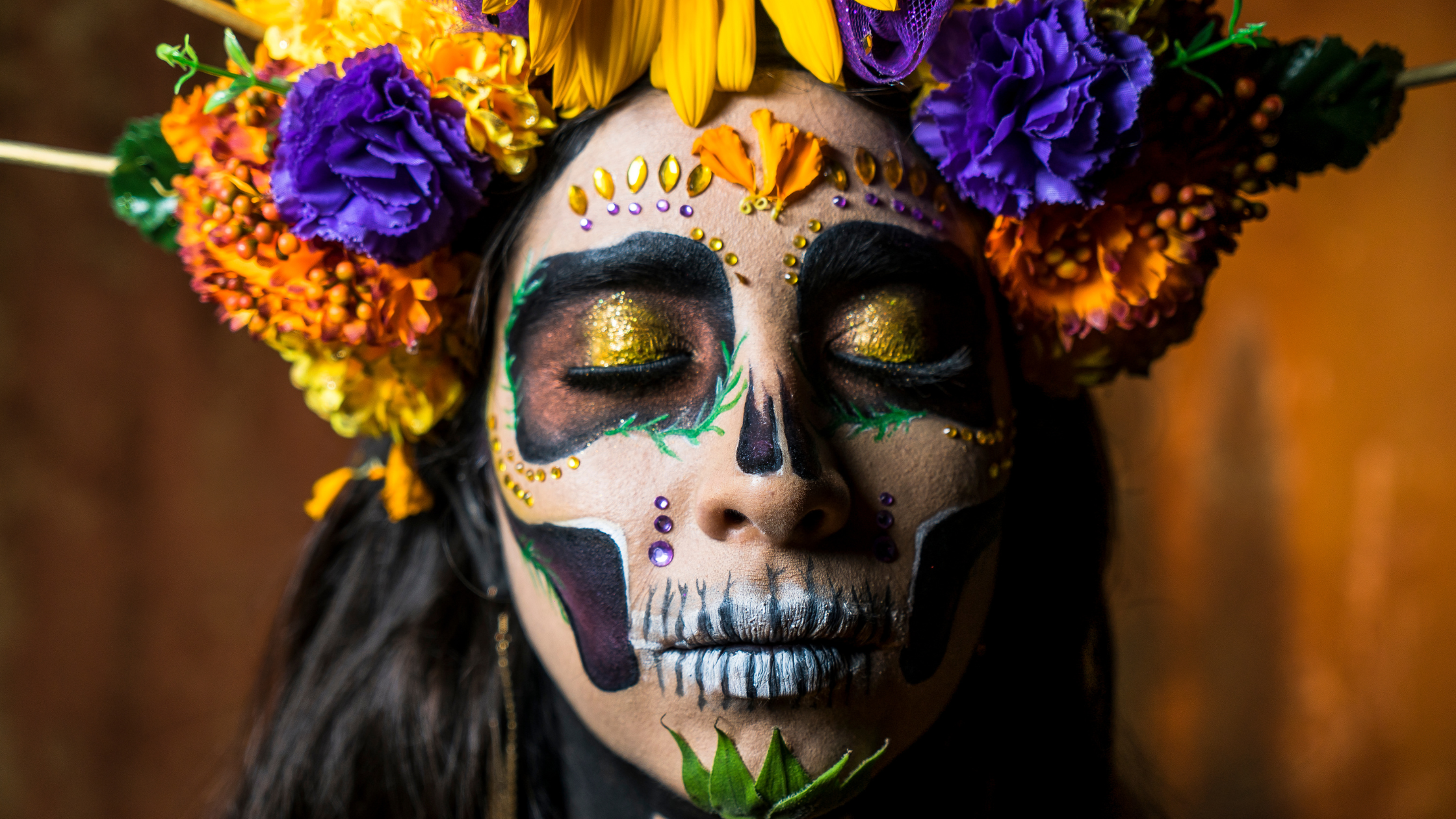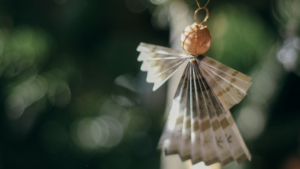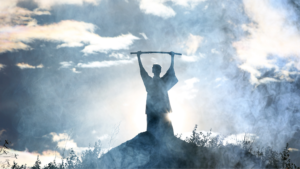“Whenever I feel sad or a little fragile, I invoke the presence of my ancestors for support, and they never fail to be there”
Thich Nhat Hanh
Dia de Los Muertos and Samhain are two ancient festivals whose rituals provide the foundations of Halloween, All Saints’ Day, and All Souls’ Day. All five of these holidays now take place between October 31 and November 2nd – the midpoint between the Autumn Equinox and the Winter Solstice.
November 2nd is Dia de Los Muertos (Day of the Dead) roots that can be traced to the ancient Aztec traditions of honoring the dead. In the 1500s the Catholic Church attempted to bring these pagan indigenous rituals under the umbrella of All Souls’ Day. Fortunately, these rituals persisted. Now, people the world over honor their ancestors with ofrenda (altars) filled with pictures of remembered loved ones and marigolds. The marigold’s scent is said to help guide the ancestor’s spirits home. The four elements are represented through pitchers of water, favorite foods, candles, and tissue paper streamers. It is a time of celebration with music and dancing meant to delight the visiting spirits
October 31st to November 1st is Samhain (pronounced SAH-win) which stems from ancient Celtic spiritual traditions. This was the time of the transhumance, the driving of livestock from the free range to shelter for winter. For the Celts, the day began and ended with sunset. Some Neolithic passage tombs were built to align with the sun on Samhain as it was believed that the veil lifted between the material and spirit worlds in the transition from Fall to Winter. Places were set at the table for kindred spirits. People went visiting in costumes (to keep from being spirited away) offering poems in exchange for food. In the 800s Pope Gregory III may have changed All Saints’ Day from May to November 1st to bring Samhain under its umbrella. All Saints’ Day was also known as All Hallows’ Day. Over time October 31st became known as All Hallows Eve. In the 10th century, All Souls’ Day was initiated to pray for the souls of deceased ancestors – bringing us back to alignment with Samhain.
We can be inspired by these traditions to create a ritual meal to honor our ancestors:
- Plan a meal around old family recipes, or that honor your heritage. Set an empty place in your ancestors’ honor.
- Create an altar with the four elements at the center of your table with water, scented flowers, photos of loved ones, and tealights. Light one for every relation you wish to honor and say their name as you light it inviting them to share.
- Take turns placing servings of the mean on the ancestors’ plate.
- Have everyone present raise a glass (water or wine) and recite their family line (biological or adopted), especially noting the departed ancestors. For instance, “I am Kiki, daughter of Robert, son of Guy – and Gladys daughter of Maggie. Granddaughter of Lois – and Leo, son of Laura.”
- After the meal and the toasts are finished clear the table, but leave the altar and ancestors’ plate.
- Play some lively music and dance for their delight.




